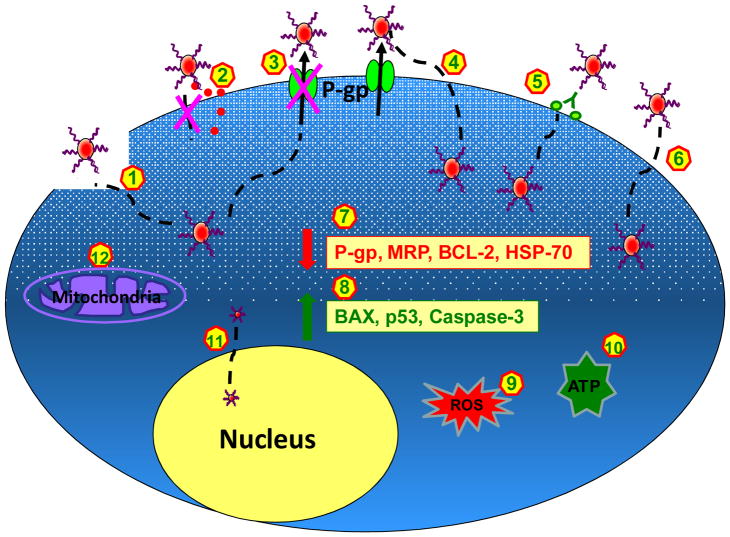Figure 2. Summary of the Proposed Cellular Mechanisms of Anthracycline NPs to Overcome MDR.
(1) NPs interact with or modify plasma membrane and therefore change the membrane structure and induce membrane permeability; (2) NPs do not enter cells; instead free drugs are released to plasma membrane and then diffuse into cells; (3) NPs directly interact with and inhibit P-gp; (4) NPs bypass, but do not inhibit P-gp; (5) NPs enter into cells via receptor-mediated endocytosis; (6) NPs enter into cells via endocytosis, phagocytosis, or micropinocytosis; (7) NPs down-regulate P-gp, MRP, BCL-2, and HSP-70; (8) NPs up-regulate BAX, p53, and caspase-3; (9) NPs generate ROS; (10) NPs deplete ATP; (11) Very small NPs enter into the nucleus; (12) NPs dysregulate mitochondrial function or activate mitochondrial independent apoptotic pathways.

